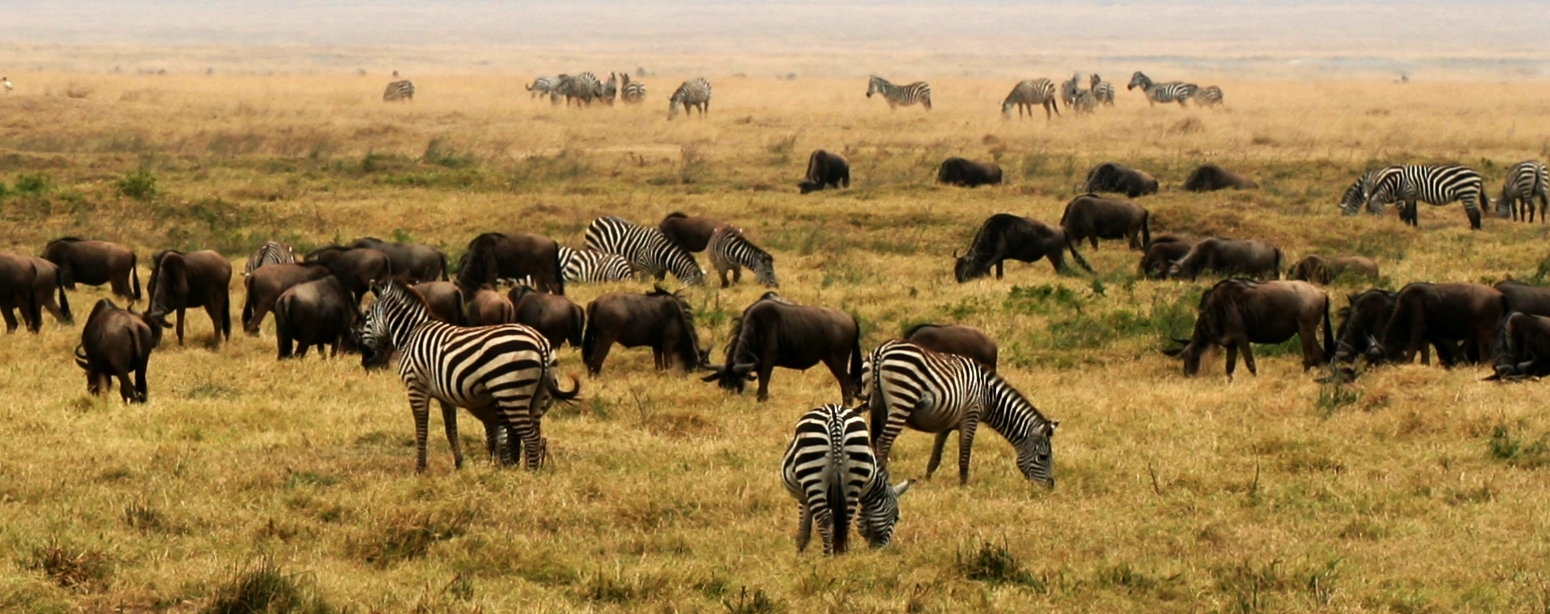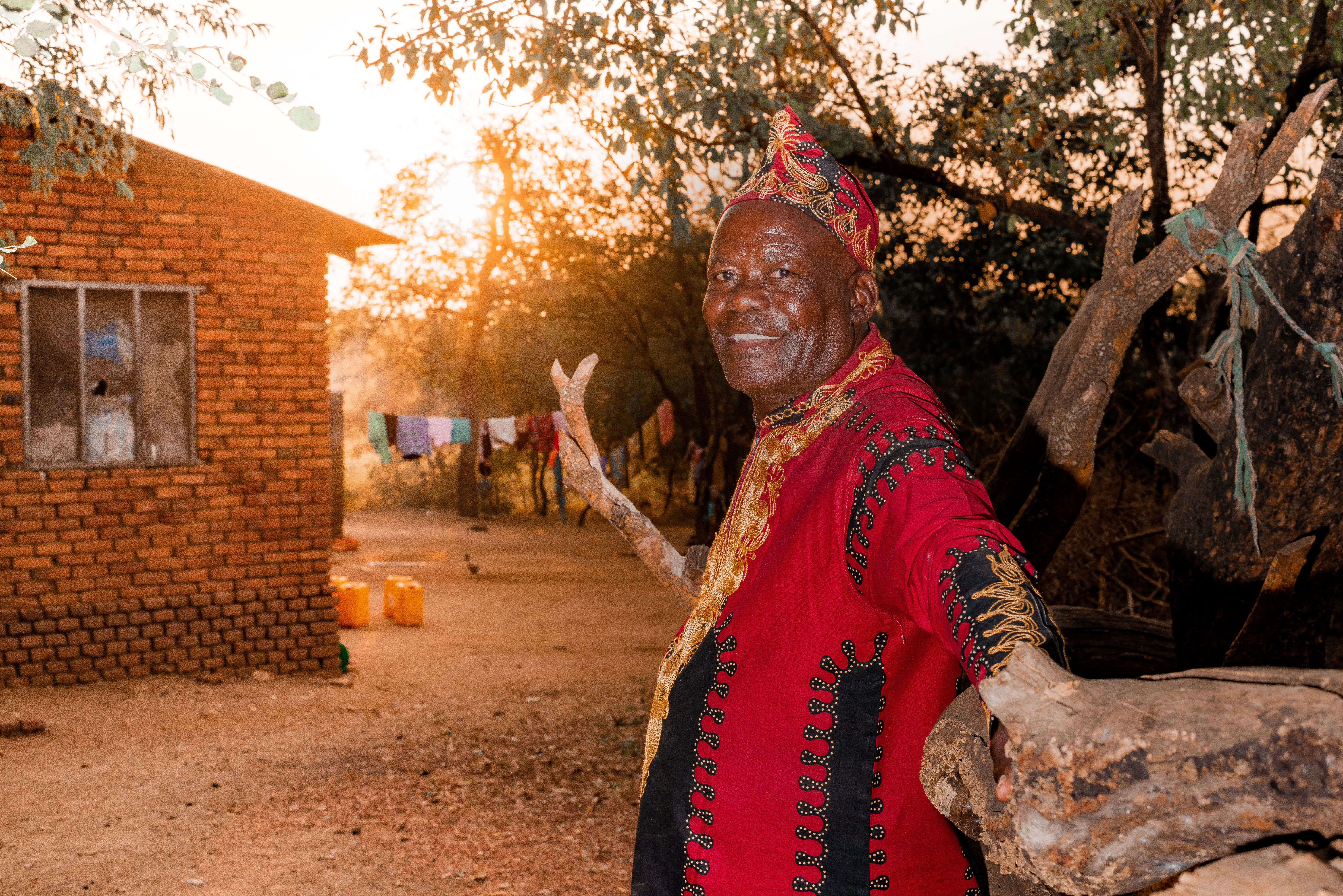|
Udzungwa Mountains National Park
Udzungwa Mountains National Park is a national park in Tanzania with a size of 1,990 km2 (770 miles2). The habitats contained within the national park include tropical rainforest, mountain forest, miombo woodland, grassland and steppe. There is a vertical height range of 250–2,576 metres (the peak of Lohomero), which incorporates the Udzungwa Mountains part of the Eastern Arc Mountains. There are more than 400 bird species, 2500 plant species (25% of which are endemics Endemism is the state of a species being found in a single defined geographic location, such as an island, state, nation, country or other defined zone; organisms that are indigenous to a place are not endemic to it if they are also found else ...) and 6 primate species. It has the second largest biodiversity of a national park in Africa. Six primate species have been recorded in the park, five of which are endemic. The Iringa red colobus and Sanje crested mangabey are only found in the Udzungwa Mount ... [...More Info...] [...Related Items...] OR: [Wikipedia] [Google] [Baidu] |
Tanzania
Tanzania (; ), officially the United Republic of Tanzania ( sw, Jamhuri ya Muungano wa Tanzania), is a country in East Africa within the African Great Lakes region. It borders Uganda to the north; Kenya to the northeast; Comoro Islands and the Indian Ocean to the east; Mozambique and Malawi to the south; Zambia to the southwest; and Rwanda, Burundi, and the Democratic Republic of the Congo to the west. Mount Kilimanjaro, Africa's highest mountain, is in northeastern Tanzania. According to the United Nations, Tanzania has a population of million, making it the most populous country located entirely south of the equator. Many important hominid fossils have been found in Tanzania, such as 6-million-year-old Pliocene hominid fossils. The genus Australopithecus ranged across Africa between 4 and 2 million years ago, and the oldest remains of the genus ''Homo'' are found near Lake Olduvai. Following the rise of '' Homo erectus'' 1.8 million years ago, humanity spread ... [...More Info...] [...Related Items...] OR: [Wikipedia] [Google] [Baidu] |
Iringa Red Colobus
The Udzungwa red colobusUdzungwa Red Colobus. ARKive. Accessed 2008-07-20 (''Piliocolobus gordonorum''), also known as the Uzungwa red colobus or Iringa red colobus, is a species of in the family . It is to riverine and montane forest in the i ... [...More Info...] [...Related Items...] OR: [Wikipedia] [Google] [Baidu] |
Geography Of Iringa Region
Geography (from Greek: , ''geographia''. Combination of Greek words ‘Geo’ (The Earth) and ‘Graphien’ (to describe), literally "earth description") is a field of science devoted to the study of the lands, features, inhabitants, and phenomena of Earth. The first recorded use of the word γεωγραφία was as a title of a book by Greek scholar Eratosthenes (276–194 BC). Geography is an all-encompassing discipline that seeks an understanding of Earth and its human and natural complexities—not merely where objects are, but also how they have changed and come to be. While geography is specific to Earth, many concepts can be applied more broadly to other celestial bodies in the field of planetary science. One such concept, the first law of geography, proposed by Waldo Tobler, is "everything is related to everything else, but near things are more related than distant things." Geography has been called "the world discipline" and "the bridge between the human and th ... [...More Info...] [...Related Items...] OR: [Wikipedia] [Google] [Baidu] |
National Parks Of Tanzania
Tanzania contains some 20 percent of the species of Africa's large mammal population, found across its reserves, conservation areas, marine parks, and 17 national parks, spread over an area of more than and forming approximately 38 percent of the country's territory.Briggs, pp. 1–31 Wildlife resources of Tanzania are described as "without parallel in Africa" and "the prime game viewing country". Serengeti National Park, the country's second largest national park area at , is located in northern Tanzania and is famous for its extensive migratory herds of wildebeests and zebra while also having the reputation as one of the great natural wonders of the world. The Ngorongoro Conservation Area, established in 1959, is a UNESCO World Heritage Site and inhabited by the Maasai people. Its Ngorongoro Crater is the largest intact caldera in the world. The national parks are also part of the wetlands of Tanzania. The wild animals tend to be closer to the wetlands, particularly the water ... [...More Info...] [...Related Items...] OR: [Wikipedia] [Google] [Baidu] |
Eastern Arc Forests
The Eastern Arc forests is a montane Montane ecosystems are found on the slopes of mountains. The alpine climate in these regions strongly affects the ecosystem because temperatures fall as elevation increases, causing the ecosystem to stratify. This stratification is a crucial f ... tropical and subtropical moist broadleaf forests, tropical moist forest ecoregion of eastern Africa. The ecoregion comprises several separate highland areas above 800 meters in Kenya, and (mostly) Tanzania. Setting The Eastern Arc forests extend across a total of 23,800 km2 (9,200 sq. mi.) of mountainous landscape from the Taita Hills on Kenya-Tanzania border through central Tanzania to the Udzungwa Mountains in the southwest. The ecoregion includes numerous mountain blocks separated by lowland areas. The mountain form a broad arc curving to the northwest and southwest, and include the Taita Hills, North and South Pare Mountains, East and West Usambara Mountains, Nguu Mountains, North and S ... [...More Info...] [...Related Items...] OR: [Wikipedia] [Google] [Baidu] |
Sanje Crested Mangabey
The Tana River mangabey (''Cercocebus galeritus'') is a highly endangered species of primate in the family Cercopithecidae. Some authorities have included the taxa '' agilis'' and '' sanjei'' as subspecies of this species, while others award these full species status. It is endemic to riverine forest patches along the lower Tana River in southeastern Kenya. It is threatened by habitat loss and degradation, which has increased in recent years. This species was, together with the equally endangered Tana River red colobus, the main reason for the creation of the Tana River Primate Reserve in 1978, but human encroachment within this reserve continues. Recently, it has been suggested that 20,000 hectares of the Tana River Delta should be transformed into sugarcane plantations, but this has, temporarily at least, been stopped by the High Court of Kenya. Physical description The Tana River mangabey is a medium-sized primate with a long semi-prehensile tail, yellow-brown coat, an ... [...More Info...] [...Related Items...] OR: [Wikipedia] [Google] [Baidu] |
Endemism
Endemism is the state of a species being found in a single defined geographic location, such as an island, state, nation, country or other defined zone; organisms that are indigenous to a place are not endemic to it if they are also found elsewhere. For example, the Cape sugarbird is found exclusively in southwestern South Africa and is therefore said to be ''endemic'' to that particular part of the world. An endemic species can be also be referred to as an ''endemism'' or in scientific literature as an ''endemite''. For example '' Cytisus aeolicus'' is an endemite of the Italian flora. '' Adzharia renschi'' was once believed to be an endemite of the Caucasus, but it was later discovered to be a non-indigenous species from South America belonging to a different genus. The extreme opposite of an endemic species is one with a cosmopolitan distribution, having a global or widespread range. A rare alternative term for a species that is endemic is "precinctive", which applies to ... [...More Info...] [...Related Items...] OR: [Wikipedia] [Google] [Baidu] |
Mikumi
Mikumi is a town in the Morogoro Region of Tanzania, adjacent to Mikumi National Park. It is at the crossroads to the Great Ruaha River valley and Kilombero sugar factory, and the southern highland regions of Iringa and Mbeya. It is near the larger town of Kidodi. Kidodi is near a railway station and junction of the Tanzania Railway Corporation. See also * Transport in Tanzania * Railway stations in Tanzania * Mikumi National Park Mikumi National Park is a national park near Morogoro, Tanzania with an area of that was established in 1964. It is the fourth largest in the country. The park is crossed by Tanzania's A-7 highway. Territory Mikumi National Park borders Sel ... References {{coord, 07, 24, 26, S, 36, 58, 20, E, region:TZ_type:city, display=title Populated places in Morogoro Region ... [...More Info...] [...Related Items...] OR: [Wikipedia] [Google] [Baidu] |
Eastern Arc Mountains
The Eastern Arc Mountains is a chain of mountains found in Kenya and Tanzania. The chain runs from northeast to southwest, with the Taita Hills being in Kenya and the other ranges being in Tanzania. They are delimited on the southwest by the fault complex represented by the Makambako Gap that separates them from the Kipengere Range. To the northeast, they are delimited by more recent volcanism represented by Mount Kilimanjaro. The chain is considered a Tentative World Heritage Site. Mountain ranges The Eastern Arc Mountains forms a roughly crescent-shaped arc and consists of: # Taita Hills # North and South Pare Mountains # East and West Usambara Mountains # Nguru Mountains # Ukaguru Mountains # Uluguru Mountains # Uvidunda Mountains # Rubeho Mountains # Malundwe Mountain # Udzungwa Mountains # Mahenge Mountains Geology These mountain ranges are the oldest in East Africa, and though physically separated from each other, share a similar geomorphology and ecology. They were for ... [...More Info...] [...Related Items...] OR: [Wikipedia] [Google] [Baidu] |
Udzungwa Mountains
The Udzungwa Mountains are a mountain range in south-central Tanzania. The mountains are mostly within Iringa Region, south of Tanzania's capital Dodoma. The Udzungwa Mountains are part of the Eastern Arc Mountains, and are home to a biodiverse community of flora and fauna with large numbers of endemic species. The mountains are home to the Hehe people, and the name Udzungwa comes from the Kihehe word “Wadzungwa", which means the people who live on mountainsides. Iringa is the largest settlement in the mountains, and the regional headquarters. Geography The Undzungwa Mountains cover an area of 16,131.40 km², the largest of the Eastern Arc ranges. The highest peak in the range is Luhombero at . The mountain range extends generally northeast-southwest. The Usangu Plain lies to the northwest, drained by the Great Ruaha River and its tributaries. The Great Ruaha River separates the Udzungwa Mountains from the Rubeho Mountains and Uvidunda Mountains to the northeast. The Kil ... [...More Info...] [...Related Items...] OR: [Wikipedia] [Google] [Baidu] |

.jpg)

.png)
